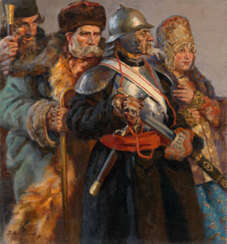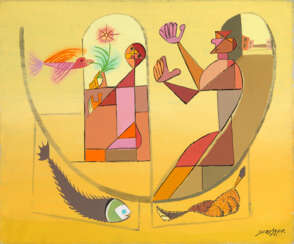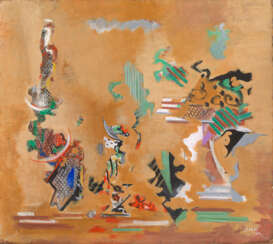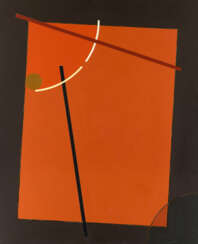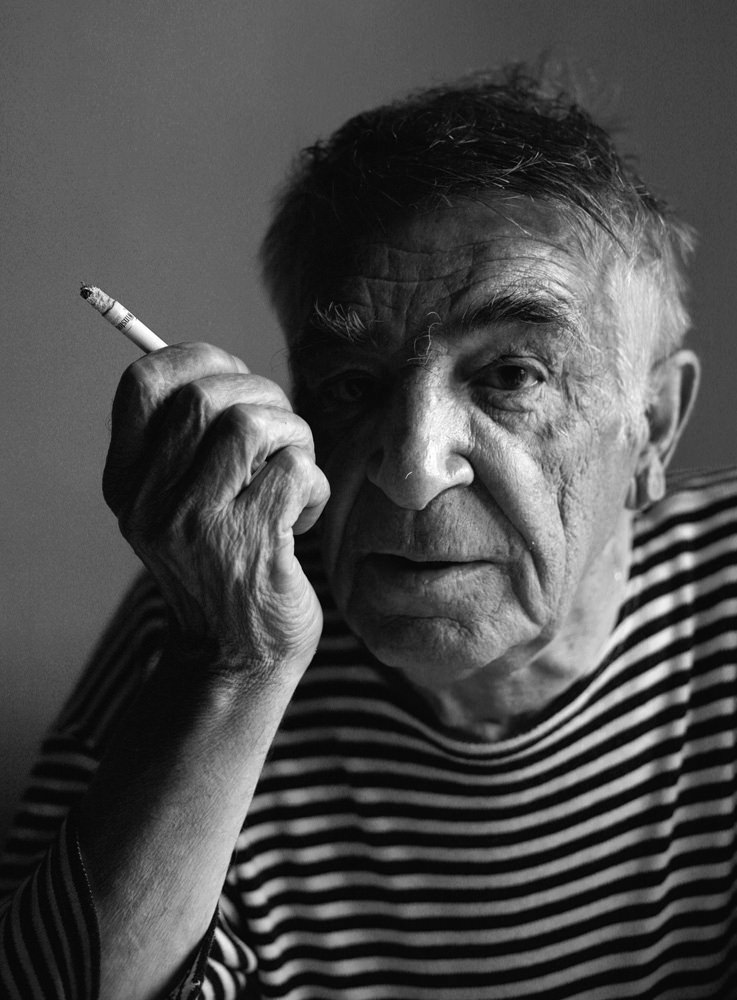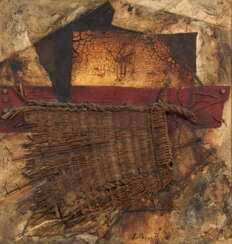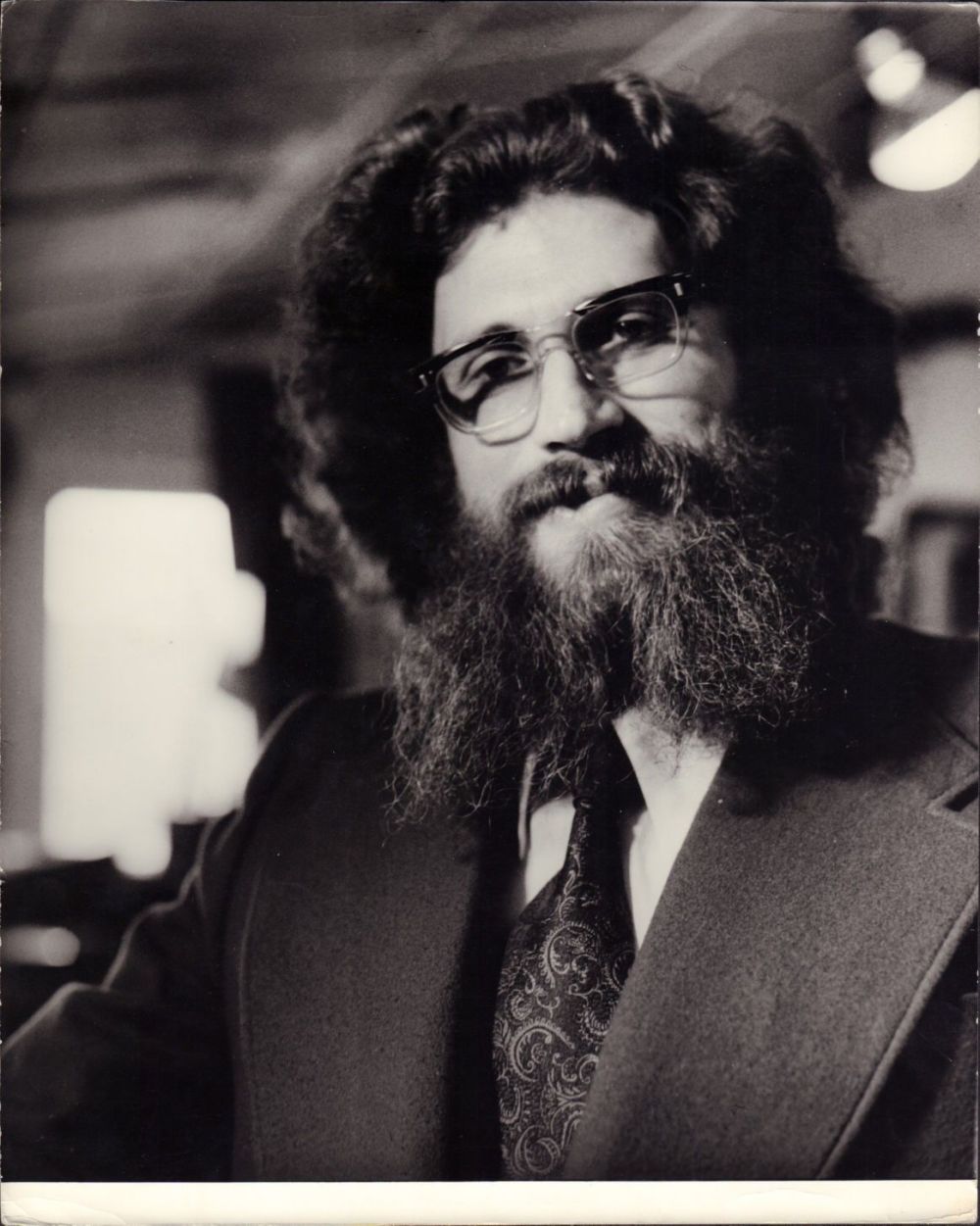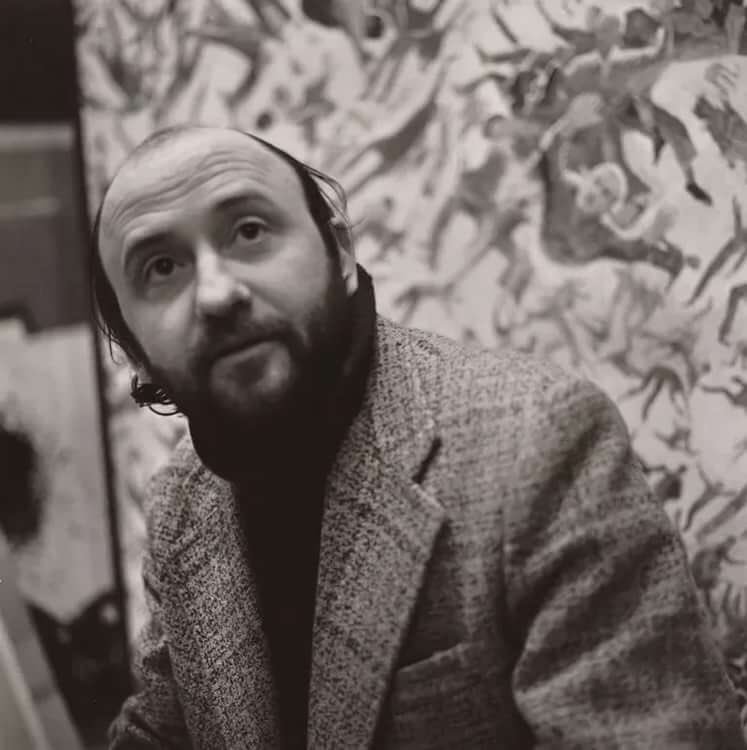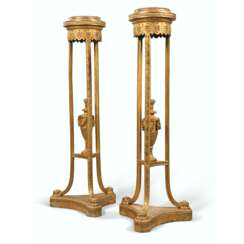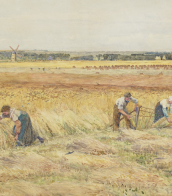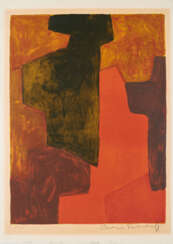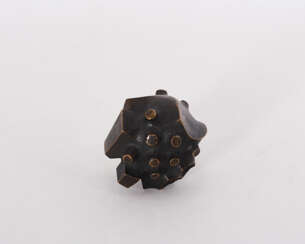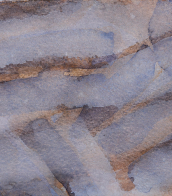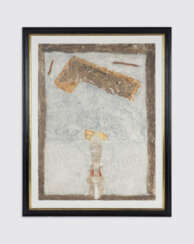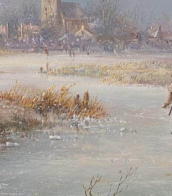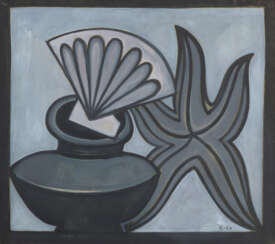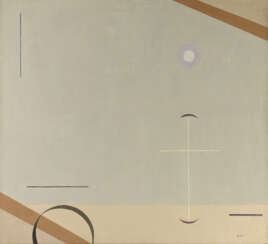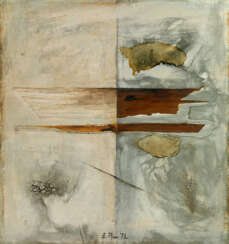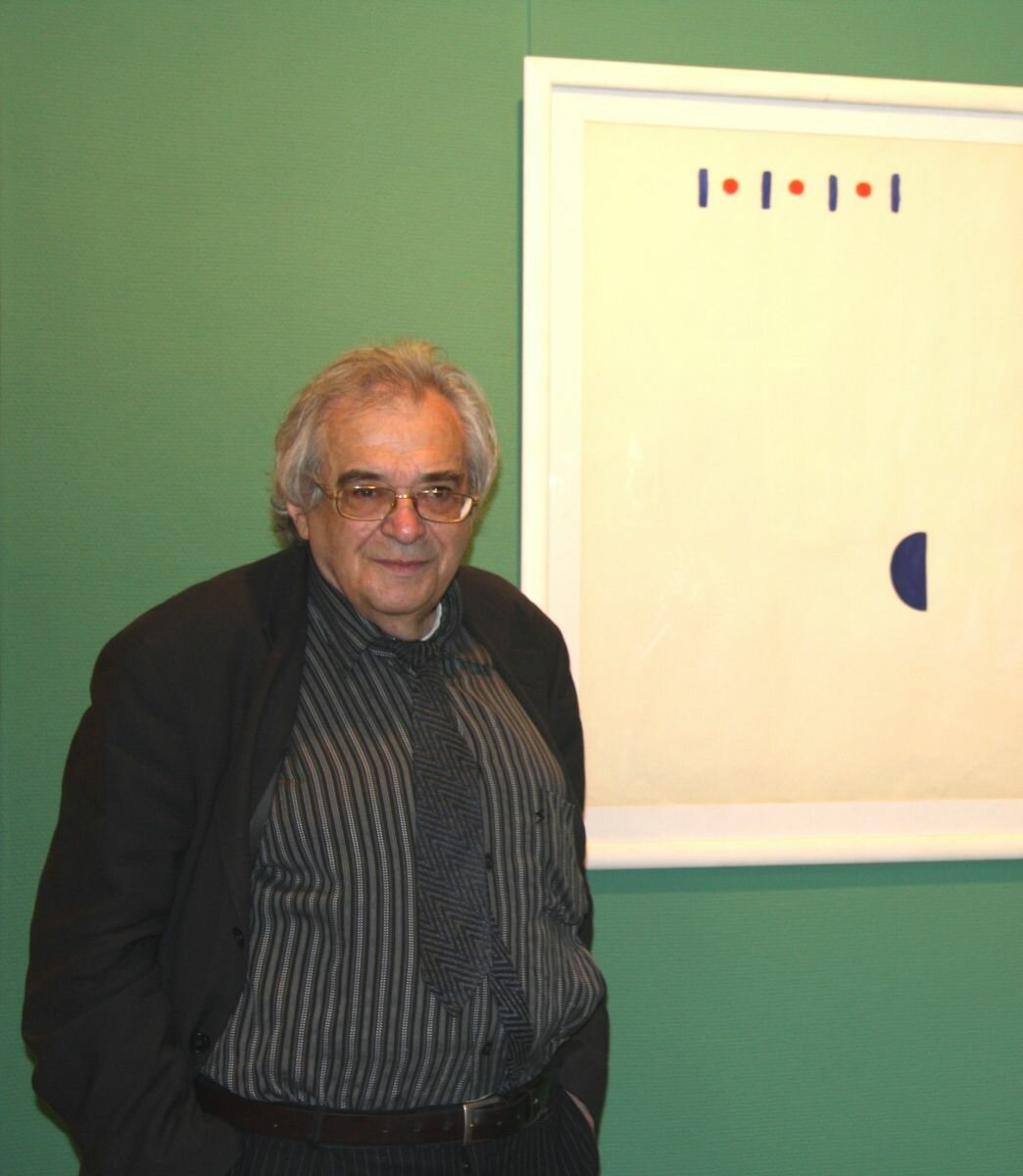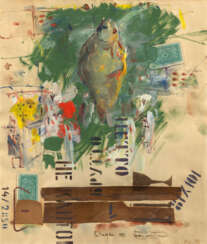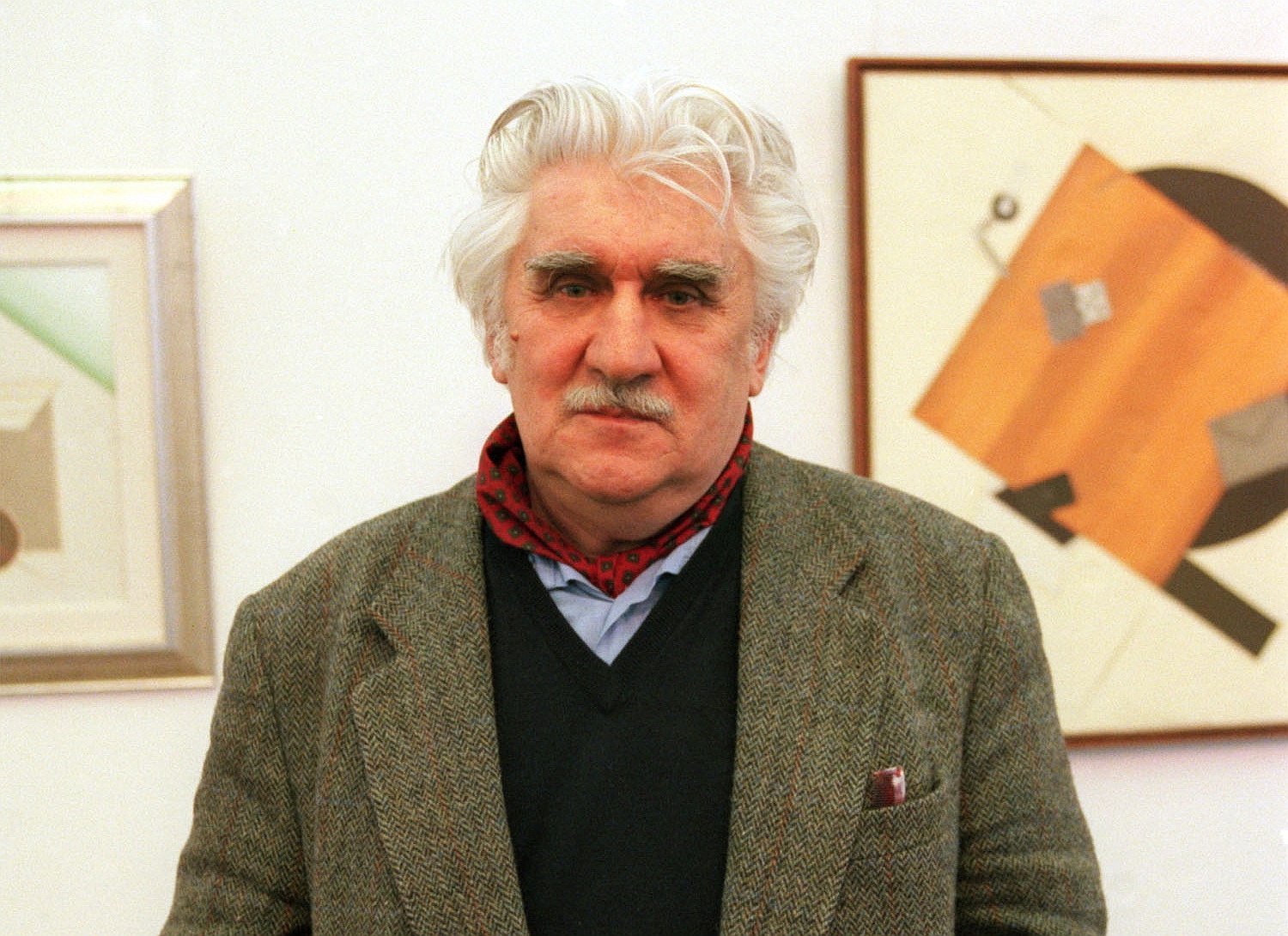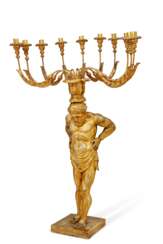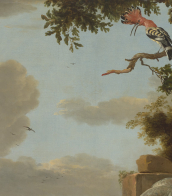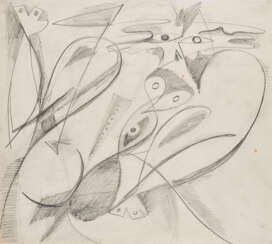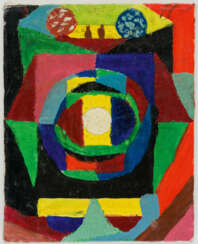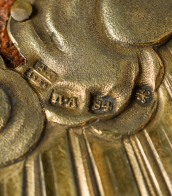composition
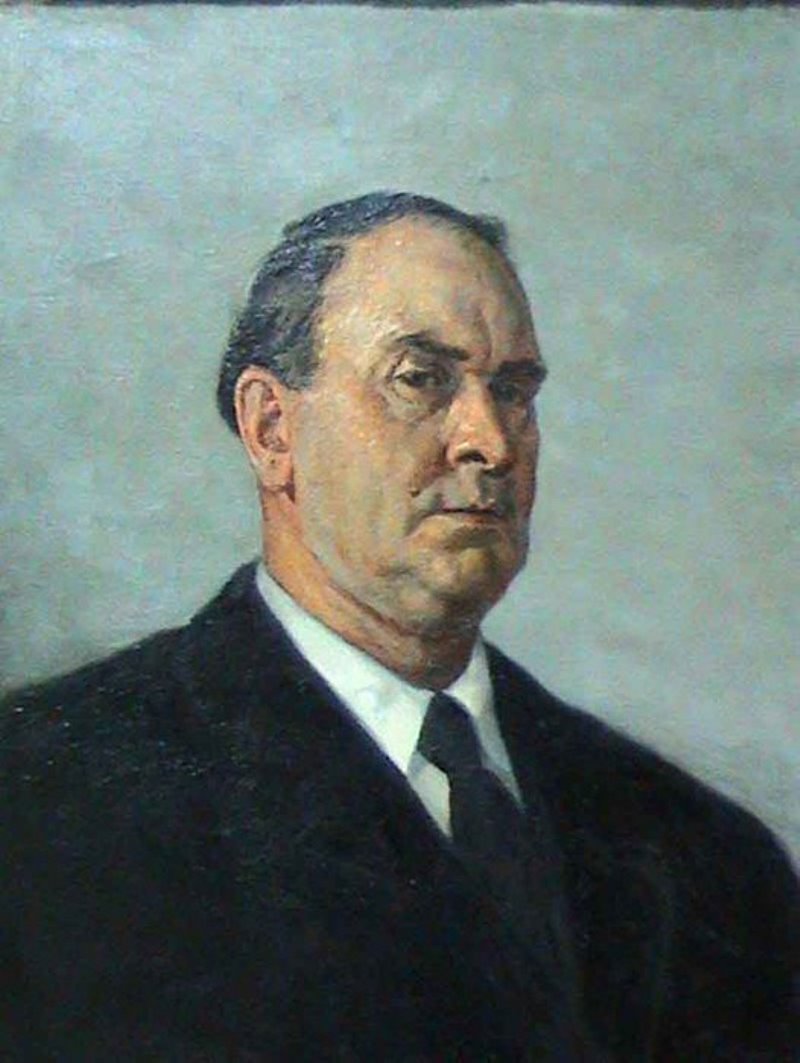
Pavel Petrovich Sokolov-Skala (Russian: Павел Петрович Соколов-Скаля) was a prominent Russian artist, celebrated for his contributions to Soviet art and culture. Born in 1899, Sokolov-Skala's artistic journey was marked by his affiliation with the Communist Party of the Soviet Union, reflecting the political landscape of his time through his work. His legacy includes receiving prestigious awards like the Stalin Prize and the Medal "For Valiant Labour in the Great Patriotic War 1941–1945", acknowledging his influence and contribution to Russian art and history.
Sokolov-Skala's oeuvre is notable for its diversity, ranging from monumental historical paintings to poignant war posters, demonstrating his versatility and mastery across different mediums. His works, such as "The Clear Glade" and "A Heroic Deed of Captain Gastello," are celebrated for their powerful portrayal of Soviet themes, capturing the spirit and challenges of his era. These pieces not only underscore Sokolov-Skala's artistic prowess but also his commitment to depicting the Soviet Union's ideals and narratives.
His paintings and posters, often characterized by their bold use of color and dramatic compositions, provide insight into the socio-political context of the 20th century Soviet Union, making him a key figure in Russian art history. Despite his significant role, Sokolov-Skala's work invites audiences to explore the nuanced intersections of art, politics, and history, offering a complex portrait of Soviet life.
Collectors and experts in art and antiques have continuously shown interest in Sokolov-Skala's works, highlighting their historical value and artistic merit. His contributions remain a focal point of study and appreciation within both Russian and international art circles.
For enthusiasts looking to delve deeper into the world of Pavel Petrovich Sokolov-Skala or to add a piece of his legacy to their collection, signing up for updates can provide exclusive access to new product sales and auction events featuring his work. This is a unique opportunity to engage with the rich history and profound impact of Sokolov-Skala's art on contemporary culture.

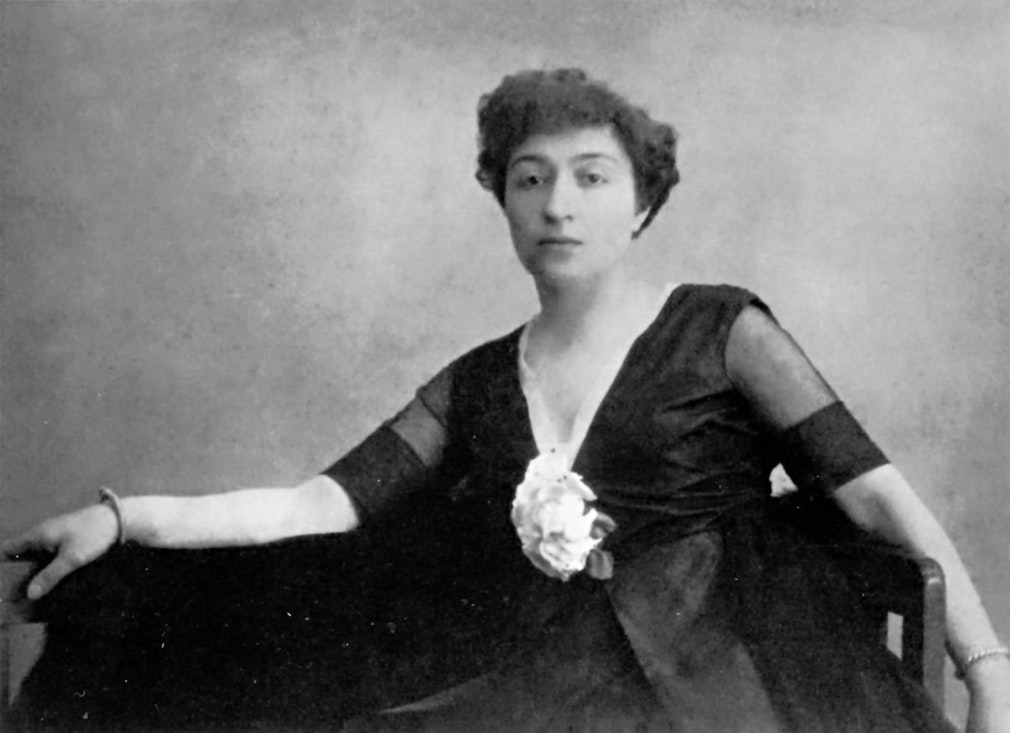
Aleksandra Aleksandrovna Ekster (Russian: Алекса́ндра Алекса́ндровна Эксте́р), a luminary of the Russian avant-garde, was a painter and designer whose work traversed the boundaries of Cubo-Futurism, Suprematism, and Constructivism, eventually influencing the Art Deco movement. Born in Białystok (then part of the Russian Empire, now Poland) and later splitting her life among Kiev, St. Petersburg, Moscow, Vienna, and Paris, Ekster played a pivotal role in bridging Russian and European artistic movements. Her innovative approach to art was characterized by dynamic movement, vibrant color contrasts, and geometric compositions, which were evident in her paintings, theater set and costume designs, and educational endeavors.
Ekster's studio became a hub for the intellectual and artistic elite, hosting figures like poets Anna Akhmatova and Osip Mandelstam, as well as painters Pablo Picasso and Georges Braque during her stays in Paris. Her involvement in significant art exhibitions, such as the Salon des Indépendants and the Salon de la Section d'Or in Paris, showcased her works alongside those of Jean Metzinger, Marcel Duchamp, and others, marking her as a key figure in the avant-garde community.
Beyond painting, Ekster's contributions to theater and design were profound. She worked on costume and set designs for Alexander Tairov's Chamber Theatre and participated in the revolutionary festivities' decoration in Kiev and Odessa. Ekster's pedagogical efforts included teaching at the Higher Artistic-Technical Workshop (VKhUTEMAS) in Moscow, fostering a new generation of avant-garde artists.
Ekster's work is housed in various international and private collections, reflecting her lasting impact on the art world. Her ability to integrate different genres and styles, along with her commitment to experimentation and innovation, made her one of the most influential women in the Russian avant-garde.
For those fascinated by the pioneering spirit of Aleksandra Aleksandrovna Ekster and the avant-garde movement, signing up for updates on new product sales and auction events related to her work is a compelling way to stay informed. This subscription ensures enthusiasts and collectors are always in the loop regarding opportunities to engage with Ekster's enduring legacy.

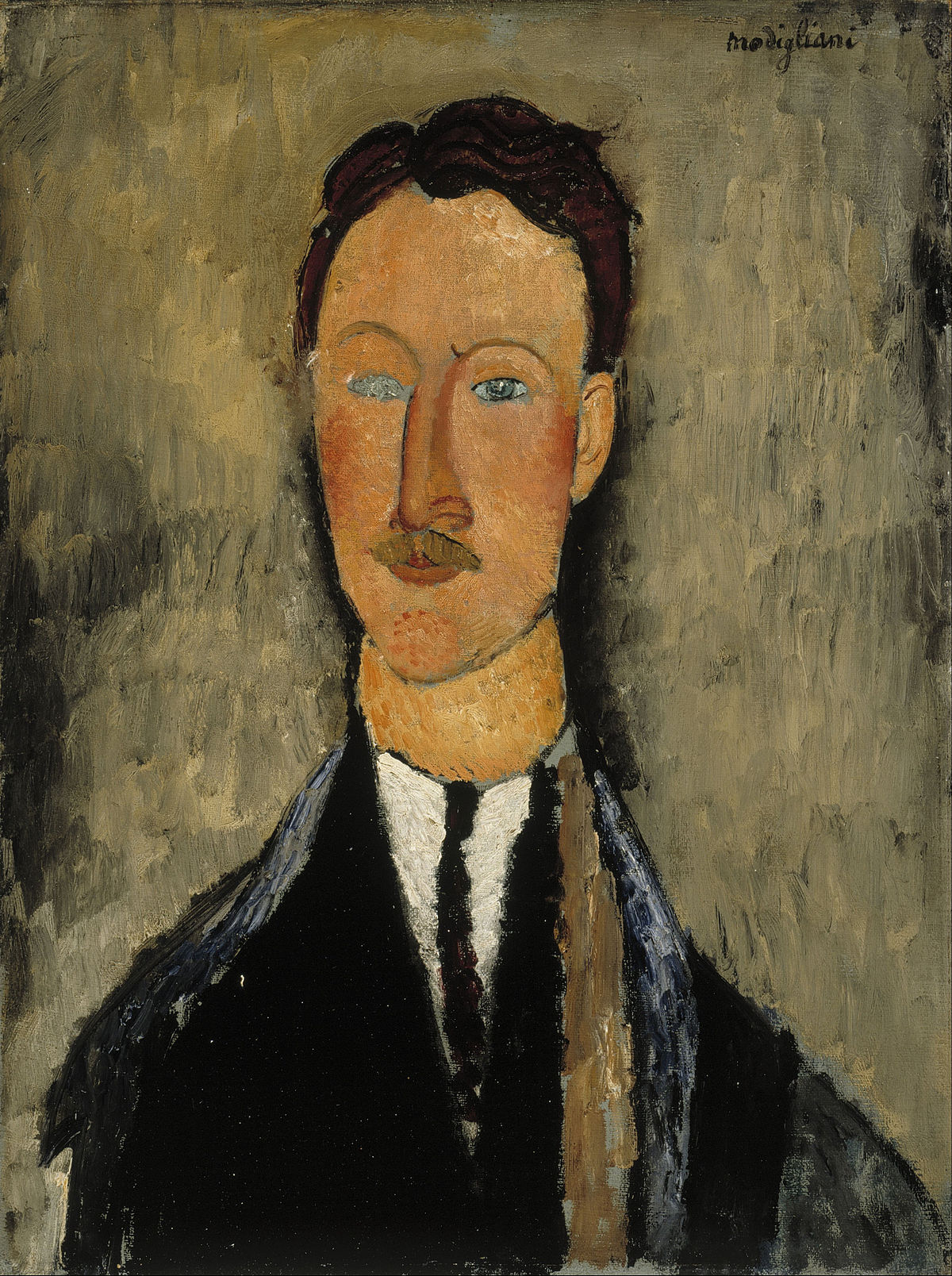
Léopold Survage was a French painter of Finnish origin. Trained in Moscow, he identified with the Russian avant-garde before moving to Paris, where he shared a studio with Amedeo Modigliani and experimented with abstract movies. He also gained commissions for Serge Diaghilev's Ballets Russes.

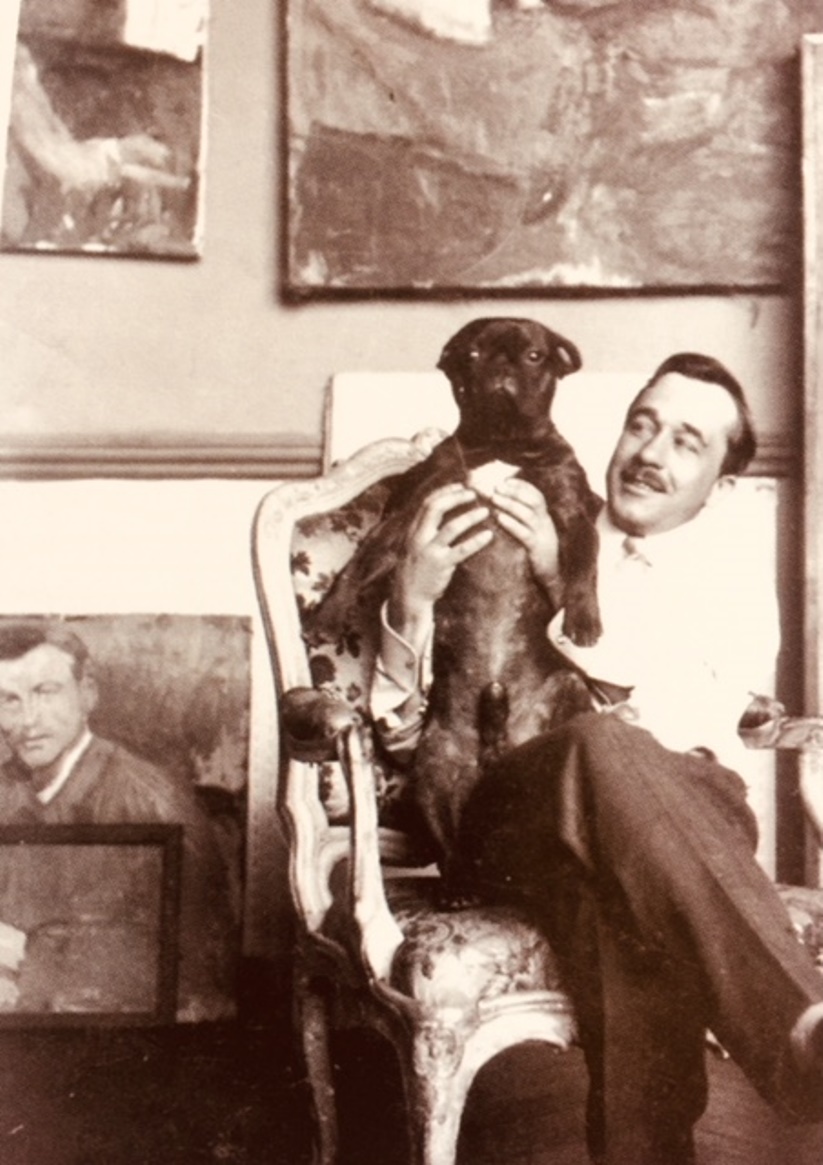
Serge Férat, born Count Sergei Nikolaevich Iastrebtsov (Russian: Сергей Николаевич Ястребцов), was a Russian and French avant-garde artist, painter, graphic artist and scenographer.
Sergei Iastrebtsov was born into a Moscow noble family, studied at the Kiev Art School, and in 1902 moved to Paris and entered the Académie Julian in Paris. In France, he first took the pseudonym Alexander Rudnev, and then began to sign his works with the name Serge Ferat. In the magazine Les Soirées de Paris he signed his publications with the pseudonym Jean Cérusse.
In 1910, Ferat began working on still lifes, combining the techniques of cubism with the warm colors of Russian folklore. Until the 1920s, Serge Fera painted in the style of Picasso's cubism, and on glass. Serge Ferat knew and was friends with many contemporary European artists, including Guillaume Apollinaire and Amedeo Modigliani. In the surrealist production of Apollinaire's play Mamelles de Tirésias (Théâtre René Mobel, Montmartre), he contributed to the set and costume design.
Ferat was engaged in book graphics and scenography, was a member of the group "Golden Section", and collaborated with the Russian magazine "Blow". In 1949 he took part in the design of the anthology Poetry of the Unrecognized, and in 1953 his works were exhibited at the Great Exhibition of Cubism at the Museum of Modern Art in Paris.

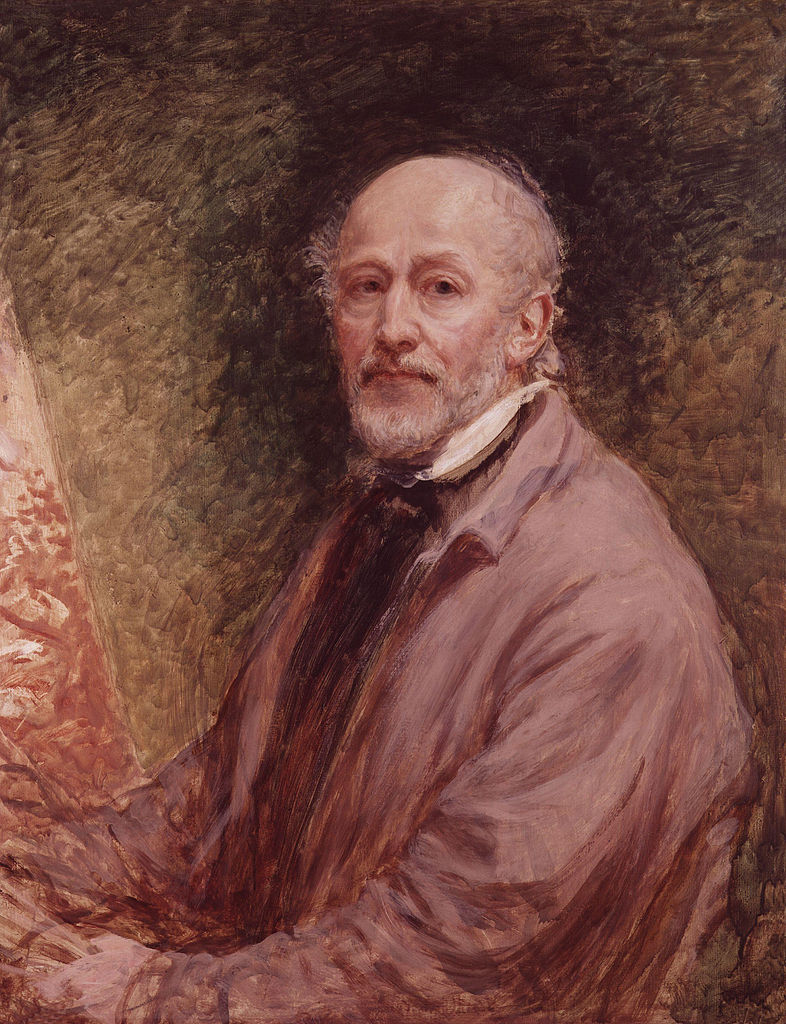
John Linnell was an English engraver, and portrait and landscape painter. He was a naturalist and a rival to the artist John Constable. He had a taste for Northern European art of the Renaissance, particularly Albrecht Dürer. He also associated with the amateur artist Edward Thomas Daniell, and with William Blake, to whom he introduced the painter and writer Samuel Palmer and others of the Ancients.
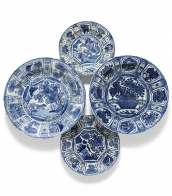
 Серж Поляков. Фотопортрет художника.jpg)
Serge Poliakoff was a Russian-born French modernist painter belonging to the 'New' Ecole de Paris (Tachisme).
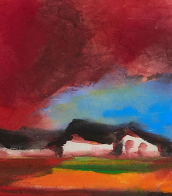
 Серж Поляков. Фотопортрет художника.jpg)
Serge Poliakoff was a Russian-born French modernist painter belonging to the 'New' Ecole de Paris (Tachisme).

 Серж Поляков. Фотопортрет художника.jpg)
Serge Poliakoff was a Russian-born French modernist painter belonging to the 'New' Ecole de Paris (Tachisme).
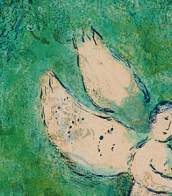
 Серж Поляков. Фотопортрет художника.jpg)
Serge Poliakoff was a Russian-born French modernist painter belonging to the 'New' Ecole de Paris (Tachisme).

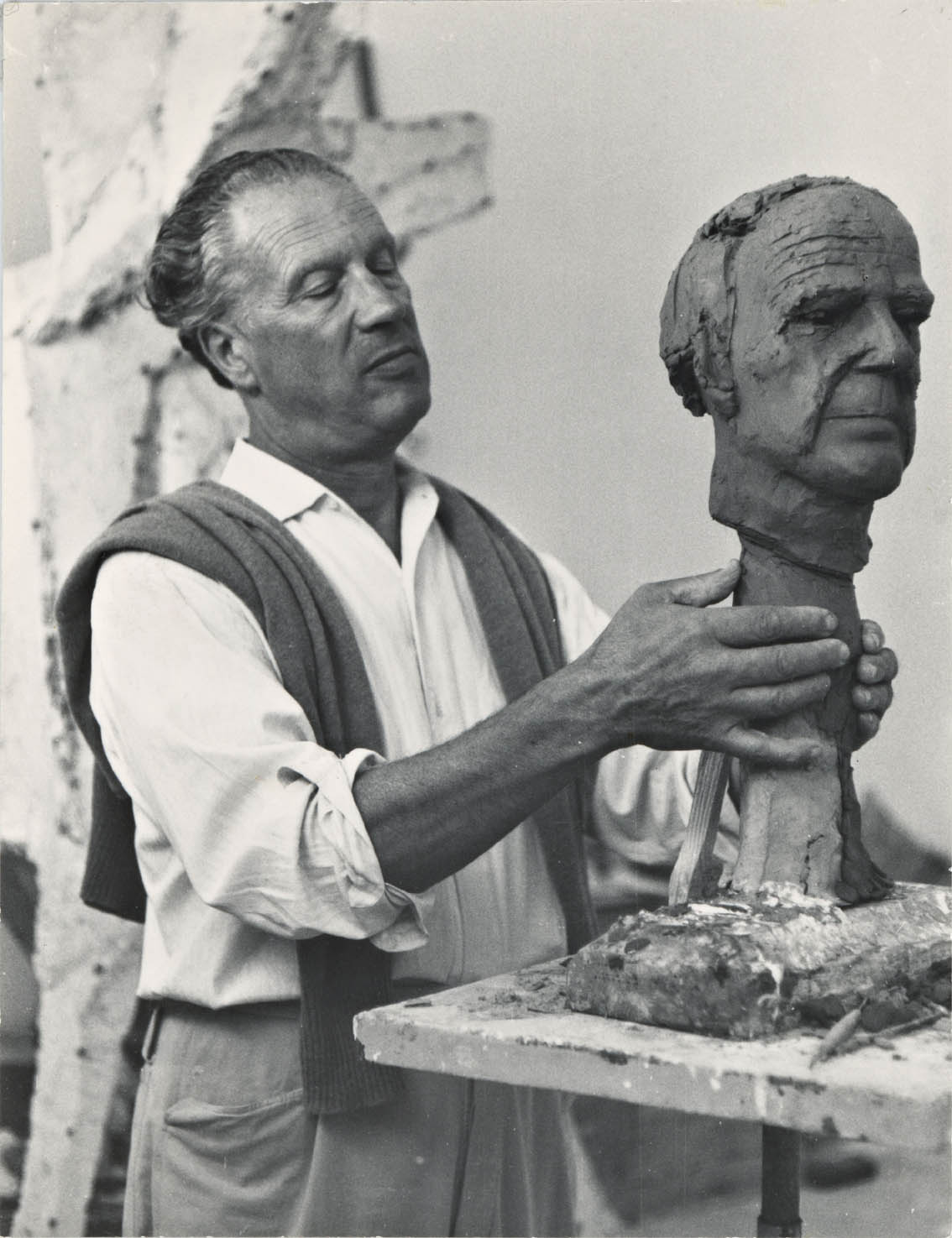
Marino Marini was an Italian sculptor and educator.

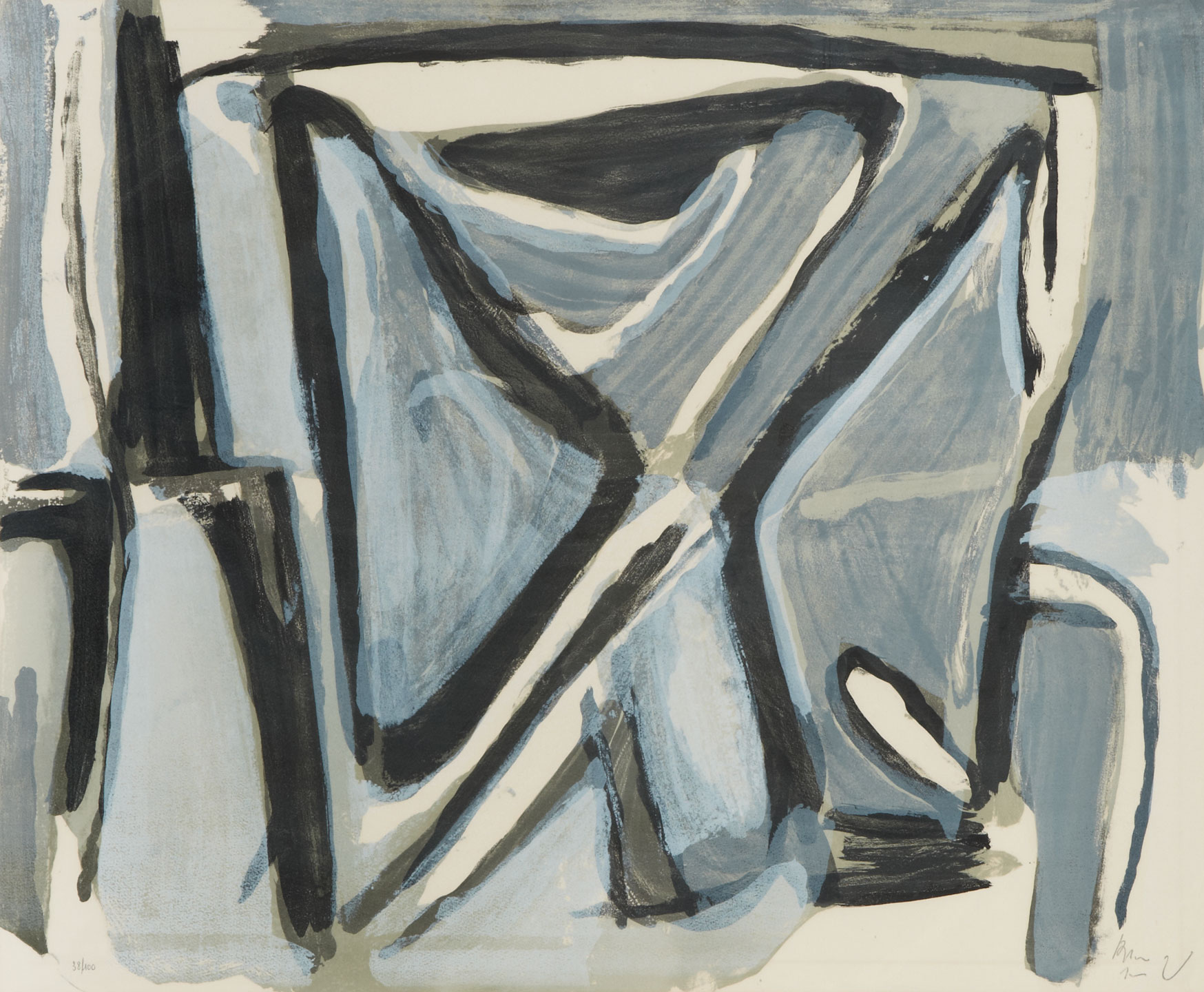


Dmitry Mikhailovich Krasnopevtsev (Russian: Дмитрий Михайлович Краснопевцев) was a Soviet and Russian artist of the second half of the twentieth century. He is known as a painter and graphic artist, a representative of "unofficial art" and the so-called Second Russian avant-garde.
Dmitry Krasnopevtsev chose as his main genre "metaphysical still lifes" approaching surrealism, often depicting ceramics, dried plants and shells in melancholy colors. These works developed Baroque motifs of the frailty and unreality of the world. Although for a long time his works were little exhibited in his homeland, they found admirers in other countries such as Austria, Germany, France, Japan, and the United States.
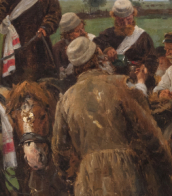

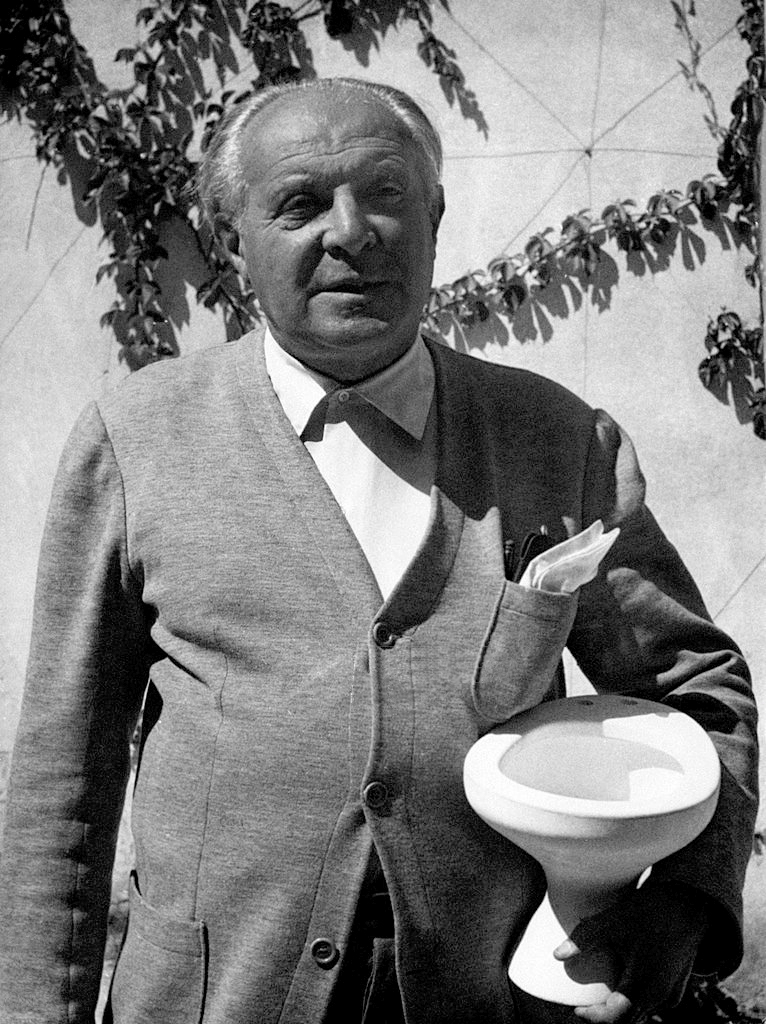
Giovanni (Gio) Ponti was an Italian architect, industrial designer, furniture designer, artist, teacher, writer and publisher.

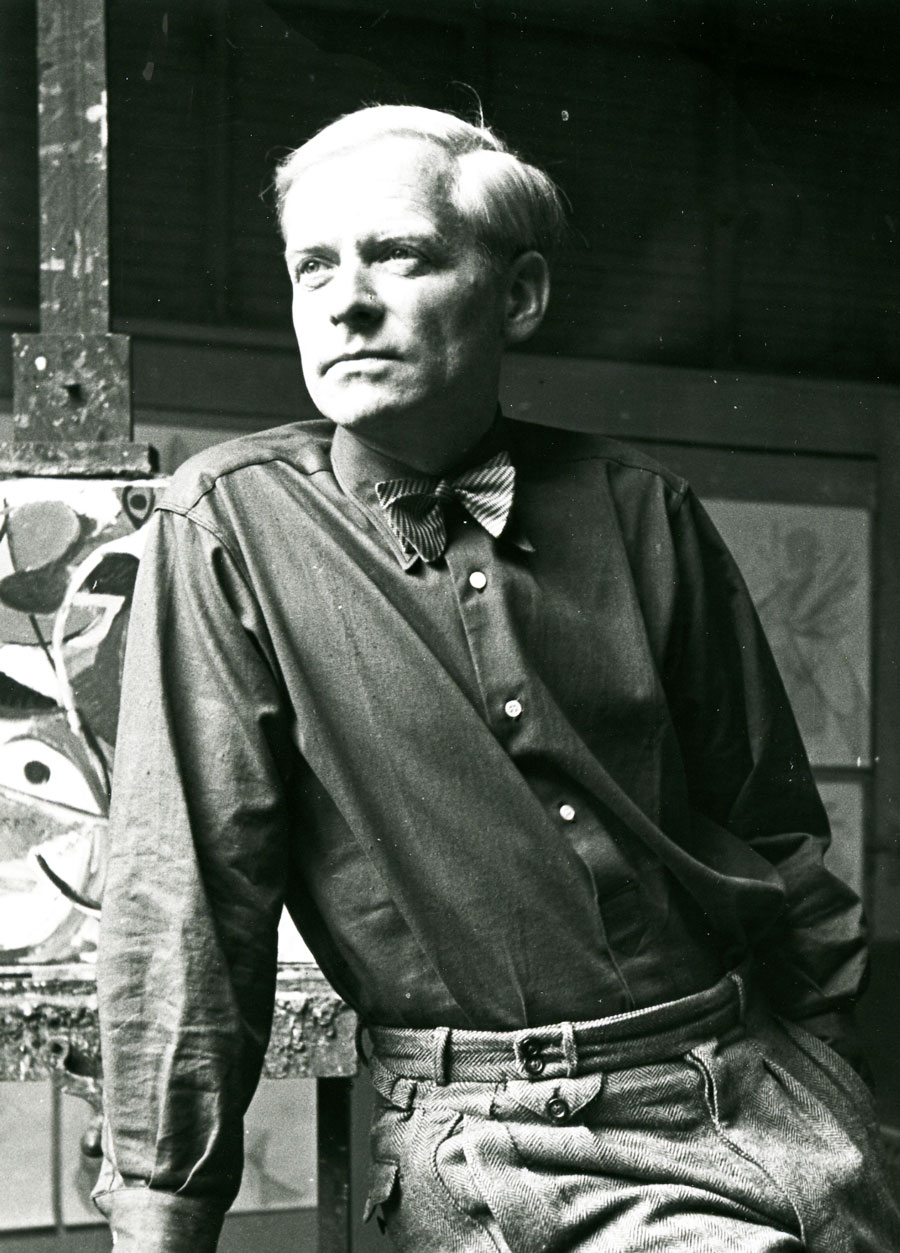
Ernst Wilhelm Nay was a German painter and graphic designer of classical modernism. He is considered one of the most important painters of German post-war art.

